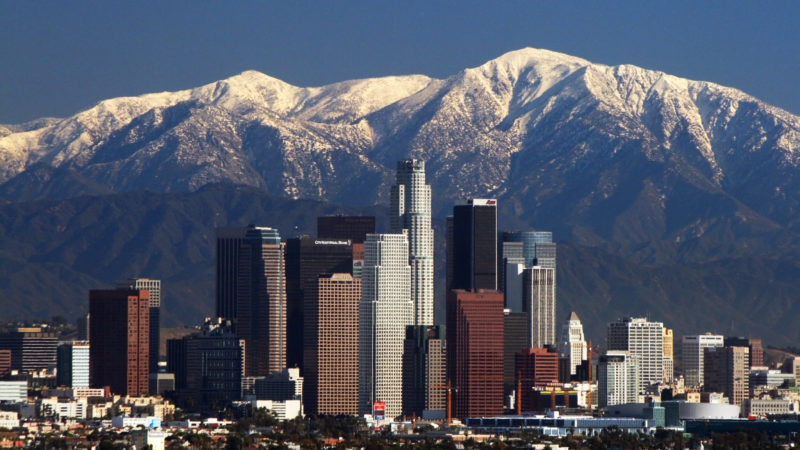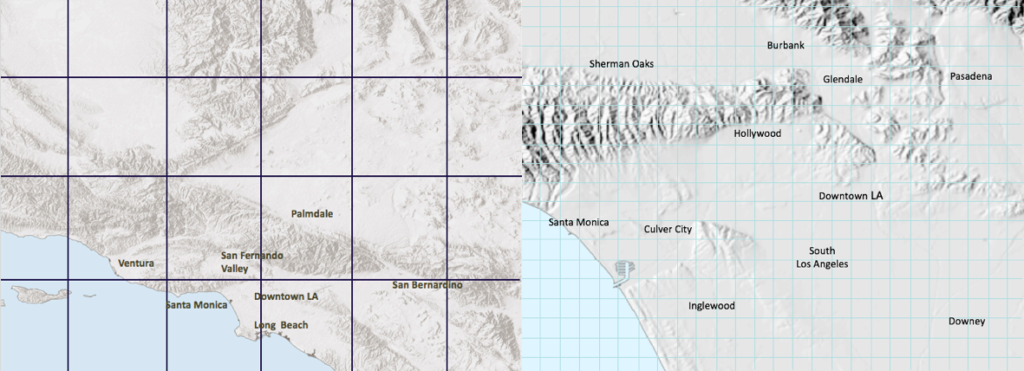21st-century snowfall and snowpack changes in the Southern California mountains
Published Work | 2016 | Journal of Climate
permalink
Research Project | 2015
The most comprehensive study of climate change in LA to date, the Climate Change in the Los Angeles Region Project was conducted by Center for Climate Science Faculty Director Alex Hall and his research group between 2010 and 2015. Dr. Hall and his team developed a novel method for bringing global climate model projections to high spatial resolution, creating neighborhood-by-neighborhood projections of future climate over the greater Los Angeles region under different scenarios of greenhouse gas emissions.
People making decisions about adapting to future climate change impacts and preventing further climate change need to know how climate change will affect their communities. But until recently, the most robust climate change research has focused on large regions the globe, and information about climate change in our own backyards has been hard to come by.
The best tools scientists have for projecting future climate are global climate models, state-of-the-art computer models that simulate the climate system. While global climate models are incredibly useful for understanding climate change on global and continental scales, they are too low in spatial resolution to help us understand climate impacts on smaller scales, particularly in areas like the Los Angeles region, whose complex topography creates microclimates that a global climate model cannot account for. Various techniques exist to “downscale” global climate models to finer spatial resolutions, but they have limitations: Those that are physically realistic are highly computationally expensive, limiting how many different global climate model outcomes can be considered in any particular study, whereas those that are computationally efficient are not necessarily physically realistic.

For this project, Dr. Hall and his team developed a novel “hybrid downscaling” technique that combines the strengths of the various downscaling methods while avoiding their limitations. The researchers used this technique to downscale about three dozen latest-generation global climate models at 1.2-mile resolution over the greater Los Angeles region. Focusing on two future periods, 2041–2060 and 2081–2100, they analyzed changes in various aspects of climate—temperature, extreme heat, precipitation, snowfall, and runoff from precipitation in the region’s mountains—under two different scenarios of greenhouse gas emissions. The “business as usual” scenario represents a continued rise in emissions of heat-trapping greenhouse gases, and the “mitigation” scenario represents aggressive action to curb emissions over the coming decades.
The Climate Change in the Los Angeles Region project was commissioned by the City of Los Angeles in partnership with the Los Angeles Regional Collaborative for Climate Action, with support from the US Department of Energy. Additional funding was provided by the National Science Foundation and the Southwest Climate Science Center.
Related Publications
Published Work | 2016 | Journal of Climate
permalinkPublished Work | Journal of Climate
permalinkPublished Work | Journal of Climate
permalinkPublished Work | 2015 | Journal of Climate
permalink